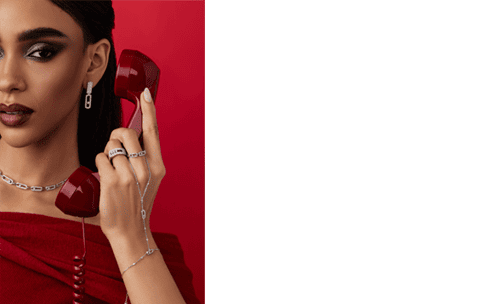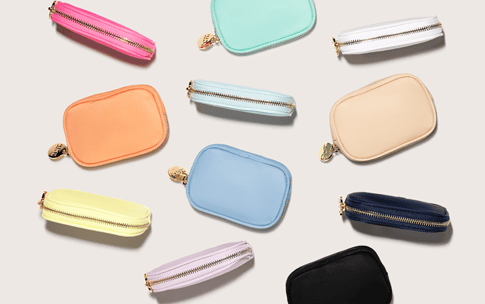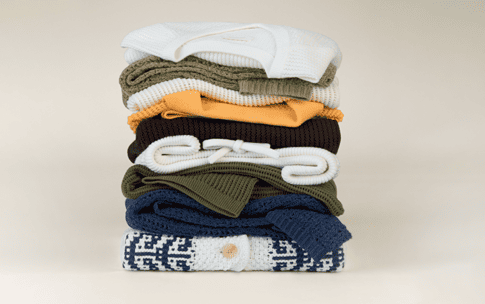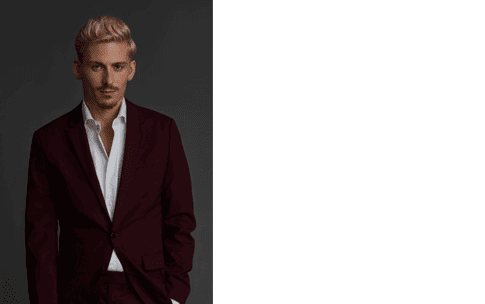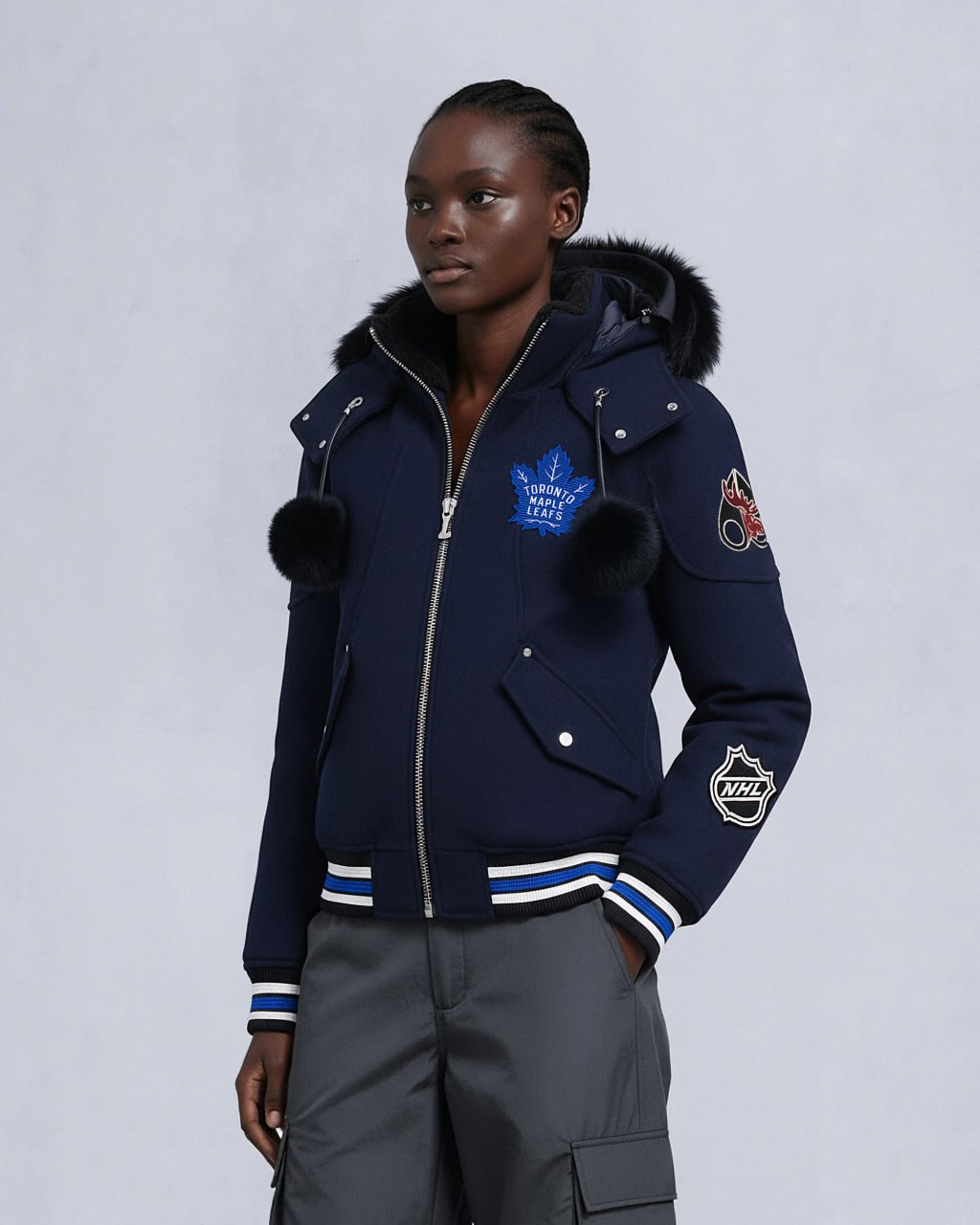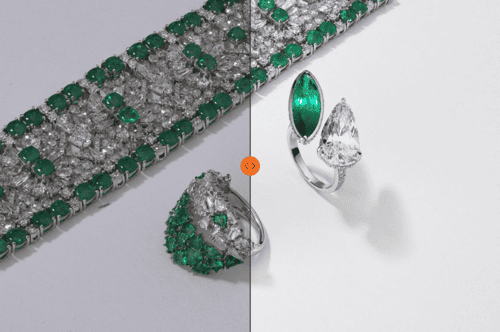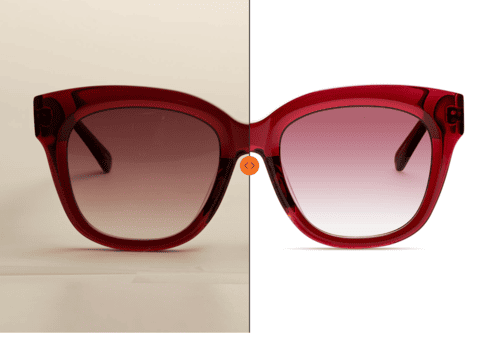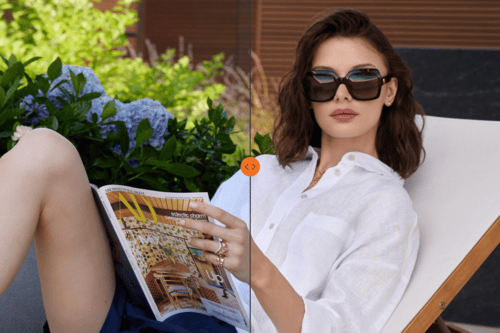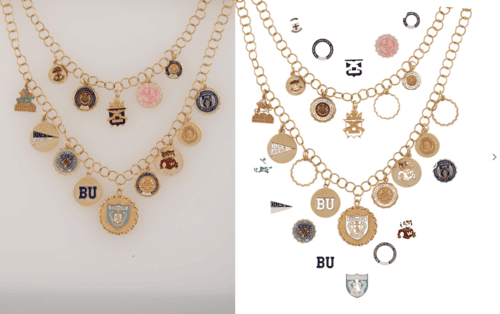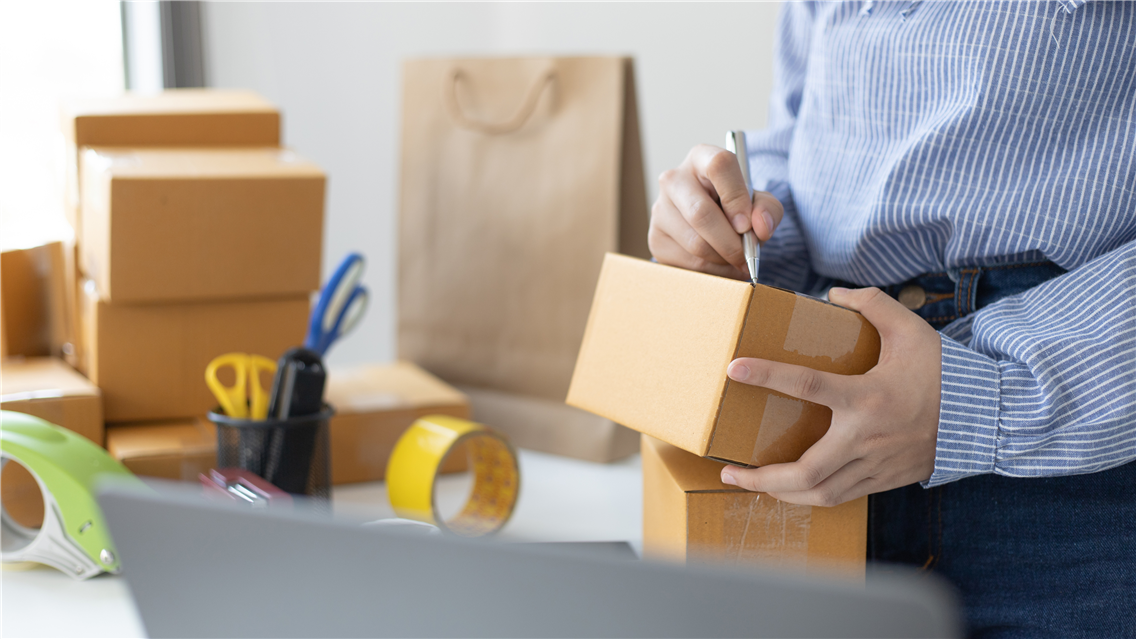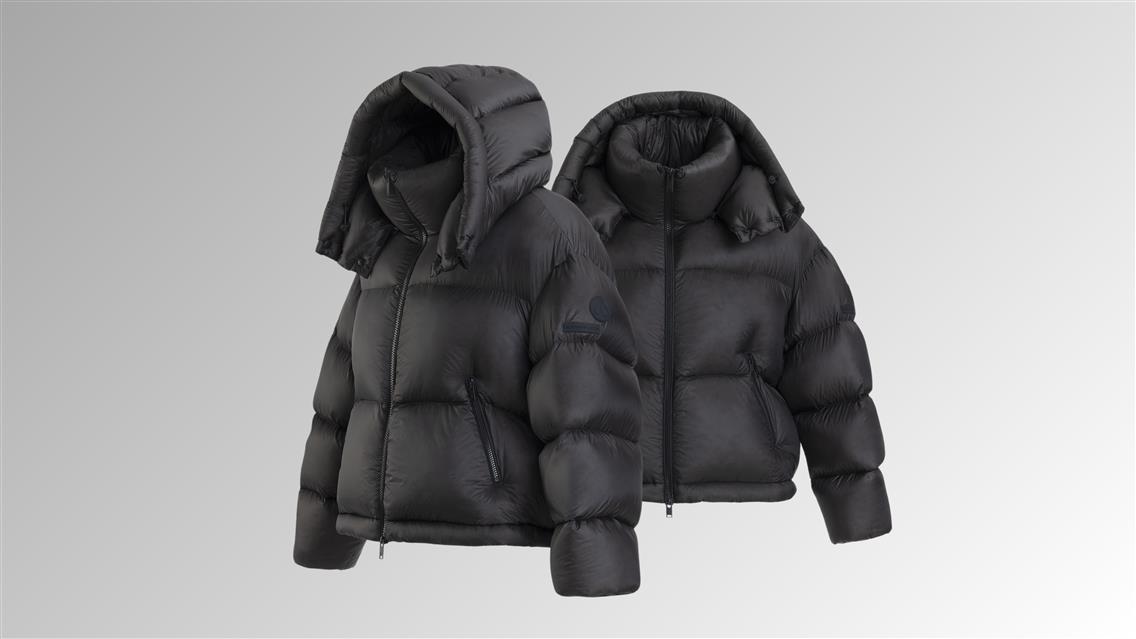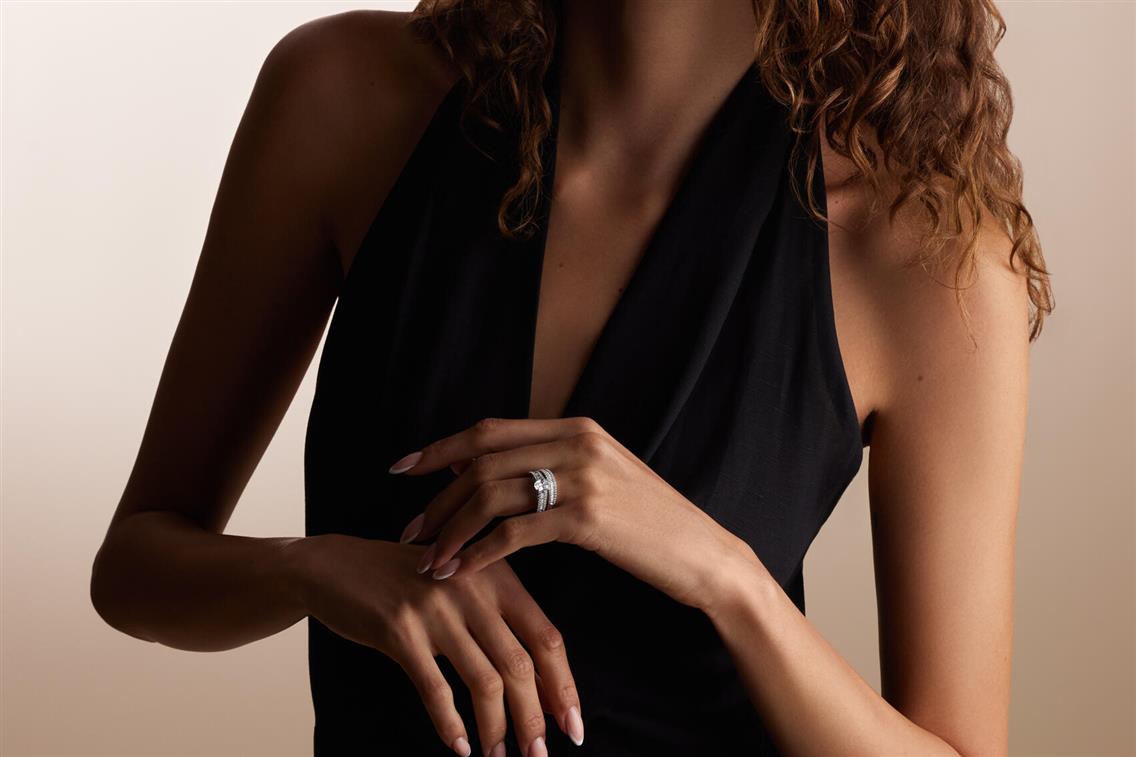How to Shoot for Fashion Magazines: The Roadmap to Vogue
Shooting editorial content means matching your creative choices to the publication’s style, while also expressing your vision. Whether you’re after the polished look of an international magazine or the bold experimentation of an indie publication, the goal is to blend your artistry with the magazine’s unique voice.
And while the photography must be exceptional, it’s only part of the equation. Art direction, team coordination, lighting design, and high-level post-production feed into the final result. If your goal is to produce work that feels at home on a printed spread, every stage from planning to final delivery must be intentional. Let’s break down exactly how to shoot for fashion magazines technically, creatively, and professionally.

Understanding the Editorial Magazine Aesthetic
Editorial vs. Commercial: Know the Difference
Before you reach for your camera, understand what an “editorial” actually means. Editorial fashion photography serves a concept. While commercial work is designed to sell something (a garment, a fragrance, a brand), editorial photography explores ideas. You’re creating images that belong in a visual essay, not a straightforward ad campaign.
That means more conceptual styling, loose and more experimental lighting, narrative-driven posing and composition, and a tone that matches the magazine’s voice.
Study the Visual Language of Magazines
Each publication has its own aesthetic.Vogue Paris may favor cinematic sensuality. Dazed leans into the subversive and surreal. Another Magazine blends avant-garde fashion with fine art references.



If you’re planning to build a portfolio that fits a magazine’s taste, study their past issues with intent. What’s the light quality? How much negative space do they use? How are the images sequenced?
Build a swipe folder on Milanote or Pinterest for each magazine you’re targeting. Use it to train your eye and eventually, pitch.
Getting Published: Strategy Beyond the Fashion Magazine Photo Shoot
Why Editorial Photography Is About Core Alignment
Even with stunning imagery, getting published is rarely about a shoot alone. It's about whether your series aligns with the magazine's current direction, theme, and tone.
- Start with smaller, independent publications
Not because your work isn’t good enough, but because these platforms often have open calls, quicker response times, and are more willing to take creative risks. Titles like Sicky Magazine, Kaltblut, or LUCY’s are entry points for emerging talent. - Always check the submission guidelines
Many magazines specify mood, number of images, exclusivity windows, and preferred color treatment. Ignoring those, even slightly, is a fast track to being skipped. - Include a sharp editorial pitch
Even if it’s just two paragraphs, explain the concept behind the story. Mention influences, emotional tone, or cultural references. Editors aren’t just judging the photos; they’re curating a point of view.
What Editors Won’t Tell You
Behind the scenes, many strong submissions are cut because of sloppy post-production. The shoot may be brilliant, but if the skin is overdone, the whites are tinted, or the shadows look muddy in print, it becomes a liability.
This is why smart photographers don't gamble on post. They work with retouchers who understand the stakes, especially when submitting to print titles with high production values.
At the editorial level, your work is judged as a finished package. Concept, execution, and refinement must all speak in the same visual tone.
Building the Editorial Photography: From Moodboard to On-Set Direction
Start With a Concept, Not a Location or Look
Great editorials begin on paper. That doesn’t mean you need a full screenplay, but it does mean you need clarity. Creating a strong visual direction starts with these questions:
- What era or mood are you referencing?
- What’s the story arc?
- Is there a theme behind the styling choices?
- What tension or emotion does the series explore?
- How does the styling reflect that idea?
Your moodboard shouldn’t include just fashion images. Pull references from cinema, sculpture, architecture, and even poetry. Editors aren’t looking for mimicry, but for depth.
Build the Right Team Around the Concept
Once your concept is set, build your team with intention. Editorial work is deeply collaborative. A stylist who understands your moodboard can elevate your shoot tenfold. A model who knows how to move in narrative sequences will bring dimension. A retoucher who knows how to retain fabric detail and skin texture, that’s essential.
When working on spec, you may not have a budget to hire top-tier creatives. That’s okay. Look for hungry collaborators who care about the quality of their portfolios. Pitch the story and make sure they see your vision.
Designing the Technical Setup for Fashion Editorials
The Right Gear Is Not Always the Most Expensive
Magazine-quality results don’t necessarily demand the most expensive camera on the market, but they do require control. Full-frame bodies are preferred for their dynamic range and depth, and prime lenses (especially 50mm, 85mm, or 35mm) often provide the compression and sharpness that editorial work benefits from.
But gear is just the beginning. What separates editorial imagery from standard fashion photos is often the frame’s treatment of light and negative space.
Studio setups should allow for sculptural lighting. Large modifiers like octaboxes or scrims are often used to create soft but directional light. Editorials rarely flatten everything; they play with product’s dimensions.
Natural light is equally viable, especially for test editorials or indie submissions. But it needs structure. Diffusion panels, reflectors, and bounce cards can refine even the most “spontaneous” shoot.
When possible, shoot tethered. Seeing the image large and seeing the whole sequence unfold as you go helps you build consistency across a spread. Editorial shots aren’t focused on one killer image. It’s about creating a rhythm between all of your photographs while fitting into the general aesthetic of the magazine.
Think in Series, Not Single Frames
Every decision on set, like lens choice, angle, exposure, and color balance, should support the narrative arc of your series. Editors will be looking for a cohesive body of work, not five strong but unrelated images.
If one frame is extremely high-contrast and the next is flat, the inconsistency can disqualify your submission, even if both images are technically well executed. This is also why post-production planning matters (more on that soon).
Directing Models for Fashion Magazines Shoots
Editorial Work Requires Emotion
Shooting for magazines means pushing beyond “pretty.” It requires direction. Your model is a character, not just a mannequin, and they need context. What are they feeling? Who or what are they channeling?
Give them cues beyond poses:
- “You’re waiting for someone who may never come.”
- “You’re protecting a secret.”
- “You’re about to run.”
This kind of direction unlocks expression in subtle, cinematic ways, and those micro-emotions are what draw editors in.
Cast and Collaborate Like an Editor
If you’re not casting through agencies, curate with editorial instincts. Look for expressive eyes and bone structure, ability to move and respond to the story direction, and energy that aligns with your concept, not just Instagram popularity
Great stylists and makeup artists can transform a new face, but you need a model who knows how to perform on camera. Rehearse poses and flow direction together. Build a rhythm. The more your set feels like a collaborative workshop, rather than a checklist, the more authentic the results.
And remember: while you are the independent photographer, you’re also part director, part curator. You’re shaping a story across 6–12 frames that must stand up to print.
Editorial Retouching: Precision, Texture, and Advanced Techniques
Not All Retouching Fits Fashion Magazines
If you're retouching fashion editorials the same way you retouch beauty campaigns or eCommerce shots, you're already off-course. Magazine retouching is a discipline with its own expectations. Editorial images are meant to look real, but elevated. Color adjustments must feel tactile. The model should remain a person, not a mannequin. The retouching must be technically invisible, but artistically present.
That’s where most photographers get stuck. Because producing that kind of polish at scale takes serious time and nuanced skill. And when you’re managing the shoot, the story, the team, and the submission process, retouching becomes a bottleneck.
Outsourcing Retouching to Preserve Your Vision
This is why many serious editorial photographers outsource their post-production. Not because they can’t do it, but because they’d rather protect the quality of the overall project and free their time for creativity.
At LenFlash, we retouch fashion editorials with a focus on preserving texture in skin and garments, enhancing tonal cohesion across a full series, and maintaining creative color treatments, when needed.
With outsourced retouching handled by a studio that understands the editorial landscape, your job becomes what it should be: creating compelling, layered visual stories. Not obsessing over invisible threads or cleaning dust off a suede jacket at 2 am.
Preparing Your Images for Submission
Presenting Your Work Like a Professional
Even excellent shoots get ignored if the delivery is chaotic. Submissions, whether for publication or portfolio, need to be presented with the same level of precision as the shoot itself.
Here’s what editors expect:
- Cohesion: The series should read as one visual story, not a moodboard mash-up.
- Consistency: White balance, contrast, and skin tones should be harmonized across the full set.
- High-Resolution TIFFs: Most magazines will ask for uncompressed 300 DPI TIFFs for print. Include sRGB JPGs (2000px wide) for preview.
Name your files clearly, for example: EditorialName_Photographer_Frame01.tiff
Don’t send 25 similar images. Editors are busy and maintain a strict selection. Six strong images that hold together are far more compelling than twelve nearly identical ones.
Focus on the Vision, Delegate the Polish
Fashion photography is a full creative discipline, part art, part design, part psychology. When you’re working toward editorial placement, your job is to think like a director. Guide the concept. Shape the mood. Lead the team. Craft the narrative. That’s your zone of genius.
Retouching, while essential, doesn’t need to be on your shoulders.
